As one of the most culture-intense EU nations, Italy has plenty to offer for the European Year of Culture Heritage 2018.
Italy is hosting 1,136 events as part of the EU-wide ceremony. We can't list them all, although Italy's Ministry of Cultural Heritage and Activities (MIBAC) does. 330 are still active, ongoing or forthcoming.
Here are a few to whet your appetite.
Naples, Madre museum
Pompei@Madre: Until 07.01.19
This collaborative project by the Archeological Park of Pompeii and Madre – the contemporary art museum in Naples – showcases sculptures, mosaics and frescoes recovered from Pompeii.
“The project reveals and displays the potential links between the various cultural institutions operating in Campania and, more generally, in the Mediterranean area, which are themselves palimpsests whose natural and cultural biodiversity define a widespread hypothetical museum, an integrated system in which – through different eras, subjects, methods, disciplines and institutions – it is possible to trace over thirty centuries of the contemporary life of Campania Felix and Mediterranean culture,” states the project's website.
Pisa, Arsenali Medicei di Pisa
The ancient ships of Pisa: Until 31.12.18
An exhibition on 30 ancient Roman ships excavated between 1998 and 2016. “One of the most important archeological discoveries of the last 20 years,” according to MIBAC.
Guided tours are for a maximum of 25 people.
Siena, city and suburbs
Rigenerar_SI: Until 12.12.2019
A new cycle path has been created that links the historical centre in Siena, running along the city's walls, with surrounding sites.
“A wide and multi-scope project for the redevelopment of the Sienese green valleys that remained outside the urban development of the city,” read a statement on the project website.
Lombardy, various sites
Opera Education: Until 31.12.18
A project geared at getting minors aged 0-18 into opera. The project includes performances, workshops and exhibitions, with special events for pregnant women.
Venice, Università Ca' Foscari Venezia
Venice Time Machine: Until 31.12.18
“The Venice Time Machine project, based on historical and cultural data from important archives and libraries and strengthened by advanced software and cutting-edge visualization methods, aims to build an interactive model of Venice and its social, economic and political environment during the centuries,” according to MIBAC.
Palermo, various sites
Italian Capital of Culture 2018: Until 31.12.18
Palermo is hosting 132 concerts, 132 exhibitions and 12,151 programmes by artists as part of its designation as Italian Capital of Culture 2018. Dance, photography, architecture, street art, lectures and so much more in the Sicilian capital.
READ ALSO: Ten reasons to add Palermo, Italy's cultural capital, to your 2018 bucket list
Genoa, Palazzo San Giorgio
Palazzo San Giorgio open to the public: Until: 31.12.18
The Palazzo San Giorgio, normally closed to the public, has a rich history and is “one of the symbols of this port city,” according to MIBAC. It has served as an administrative building, a bank HQ, a customs office and even a prison. Marco Polo was imprisoned in the building in 1298.
The Palazzo San Giorgio will be open to visitors on the first Saturday of each month. Guided tours start at 10am and 11am.
Chiaravalle Milanese, gym
New Cultural Landscape: Until 31.12.18
An interactive project that involves residents, city-users and tourists in a “performative event” geared at regenerating this area on the outskirts of Milan.
Chiaravalle is the name Saint Bernard of Clairvaux gave to the area when he founded the Cistercian abbey in 1135.
“In a 1100-inhabitant-village, Chiaravalle’s old school gym has been transformed into a community hub, which aspires to become the local community’s hybrid cultural space dedicated to the landscape. terzo paesaggio’s goal is to provide workshop, based on the monks’ ancient tradition of cantieri scuola and memorable experiences,” say the organisers.
Lecce, various sites
Itinerario Burdigalense: Until 31.12.18
A series of workshops and tours to promote the oldest-known Christian pilgrimage route from Europe to Jerusalem, the Itinerarium Burdigalense. The excursions along some of the ancient paths and landscapes aim to “unite the nations of Europe and the Mediterranean in a great walk.”
Italy-wide, various sites
Progetto Maps: Until 31.12.18
A multimedia digital project that maps museums, archeological sites, institutes and cultural sites of interest that have specific programs for the deaf.
Didn't find what you were looking for? There are hundreds more exhibitions, workshops and special events listed on the Italian Ministry of Cultural Heritage and Activities' website.
READ MORE: Four civilizations in Italy that pre-date the Roman Empire

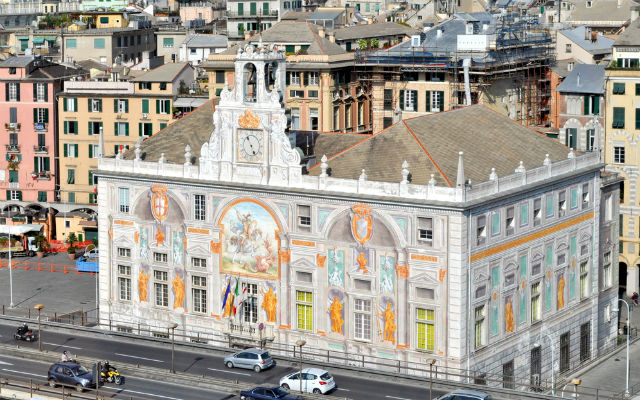

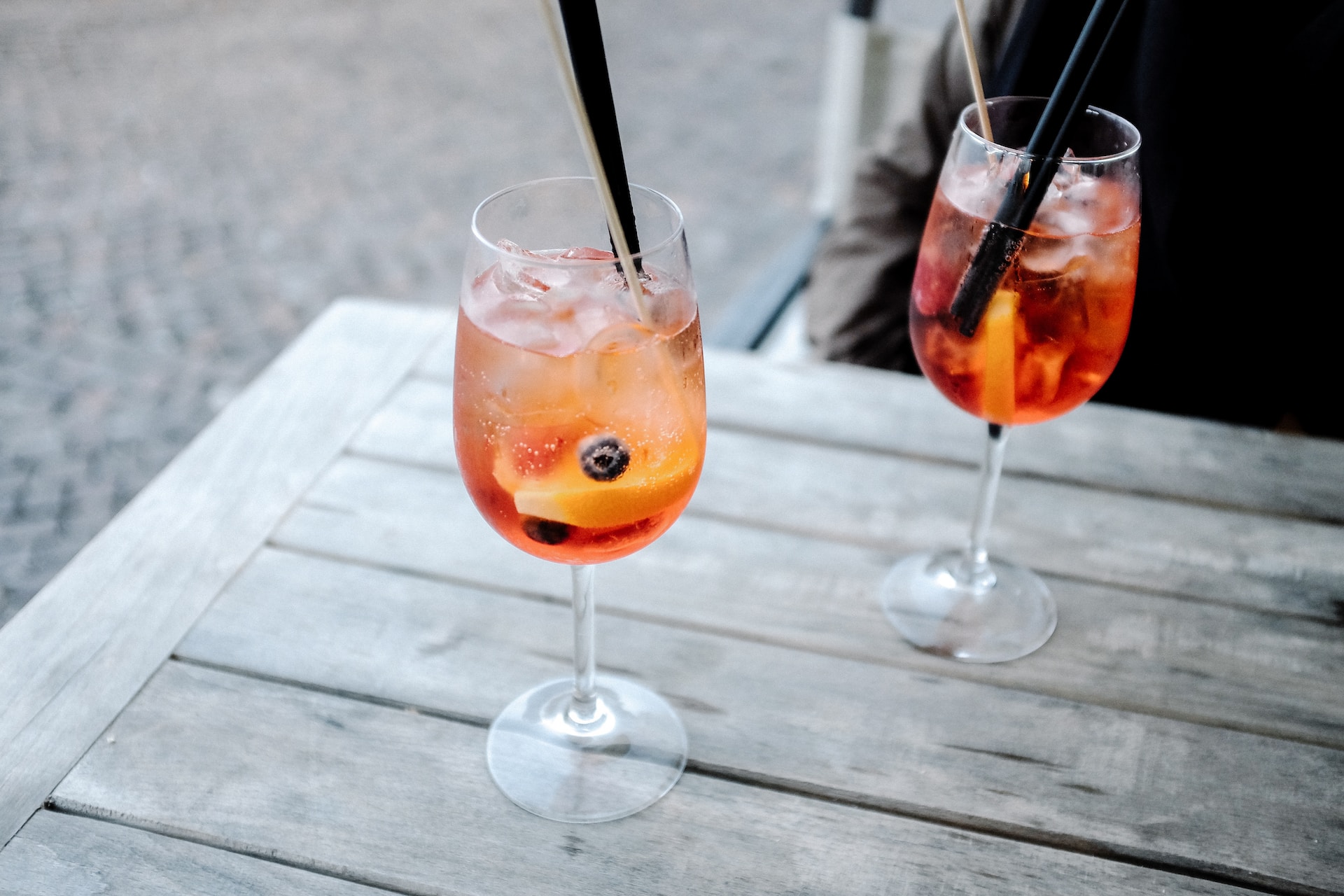
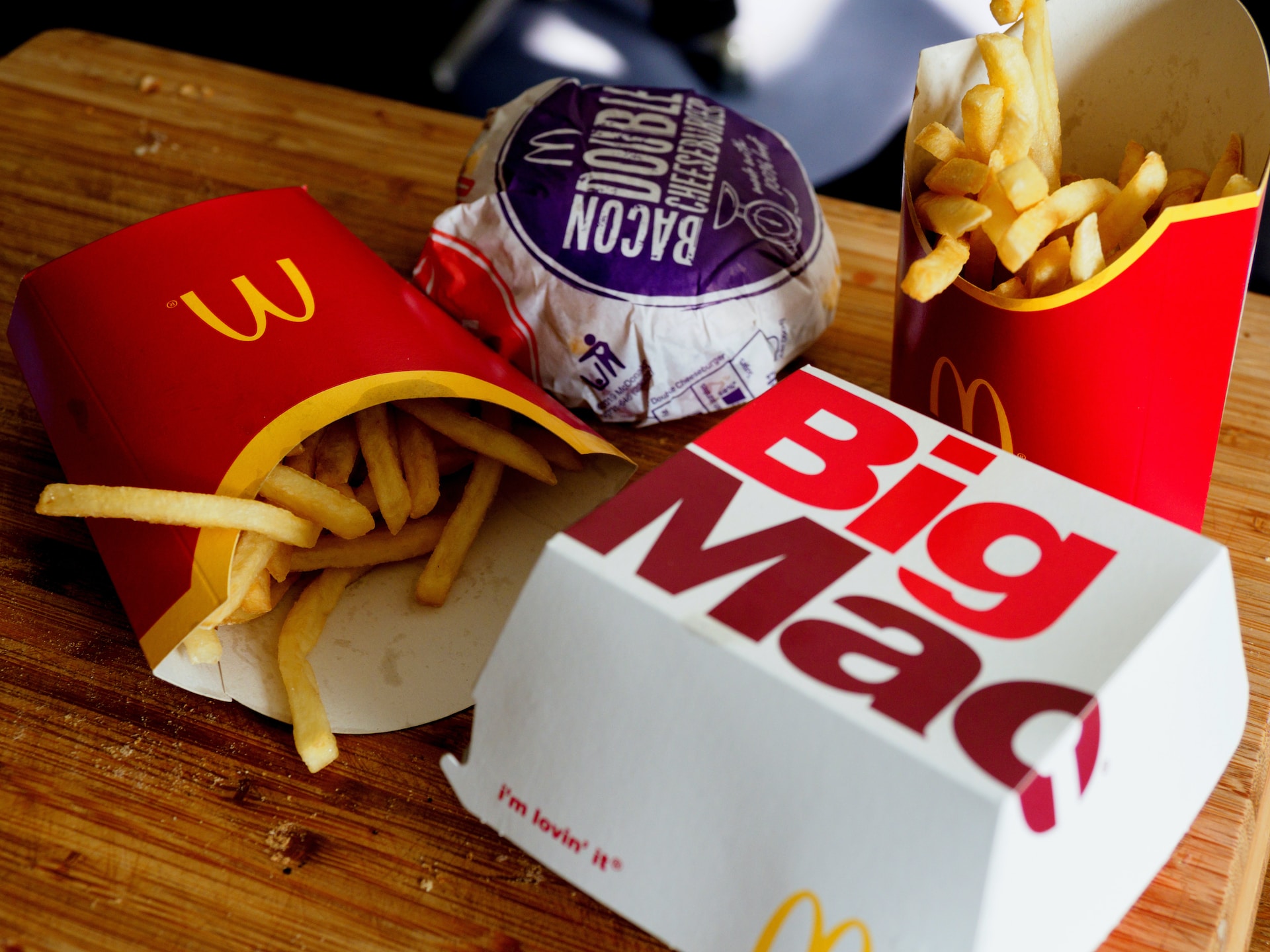
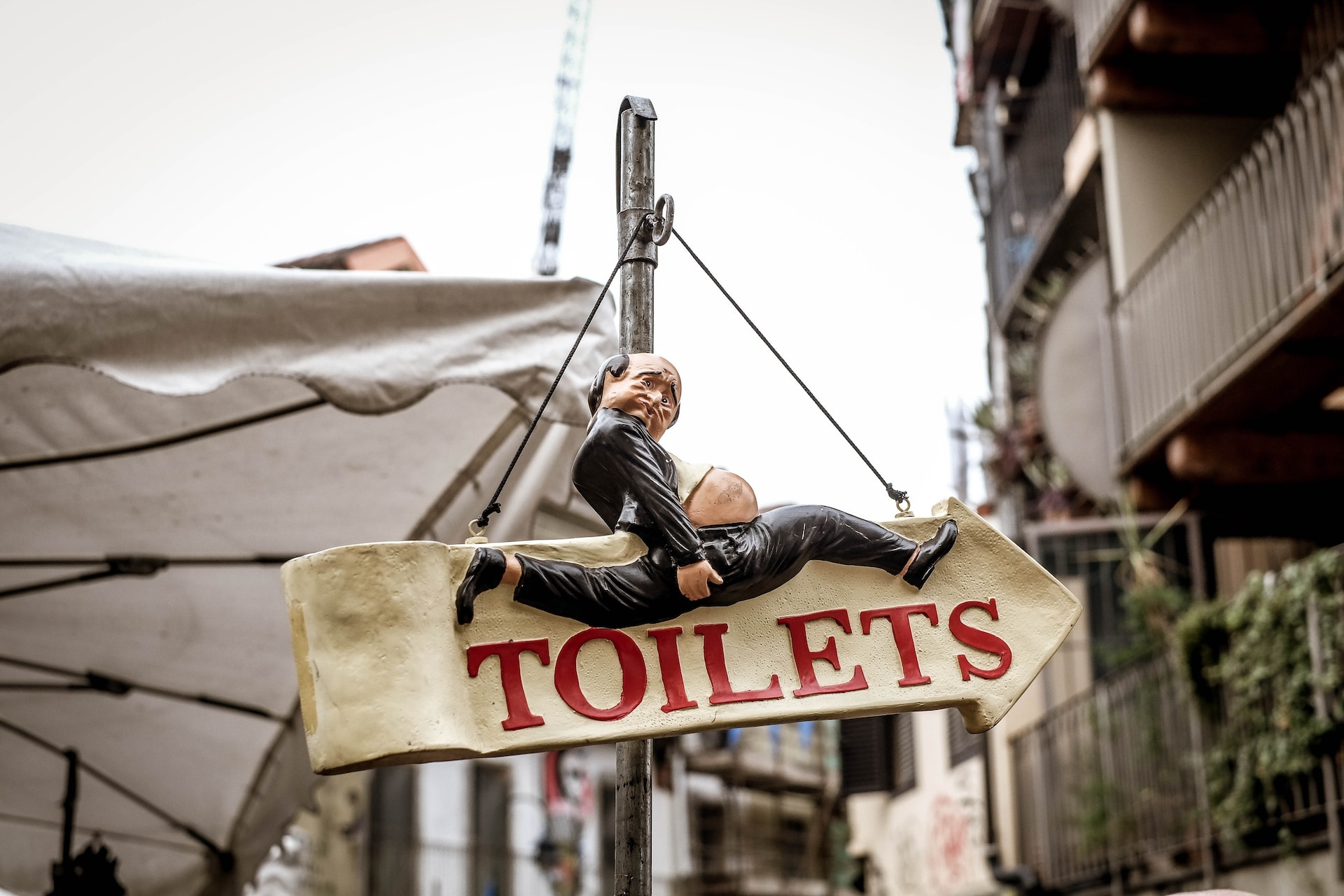
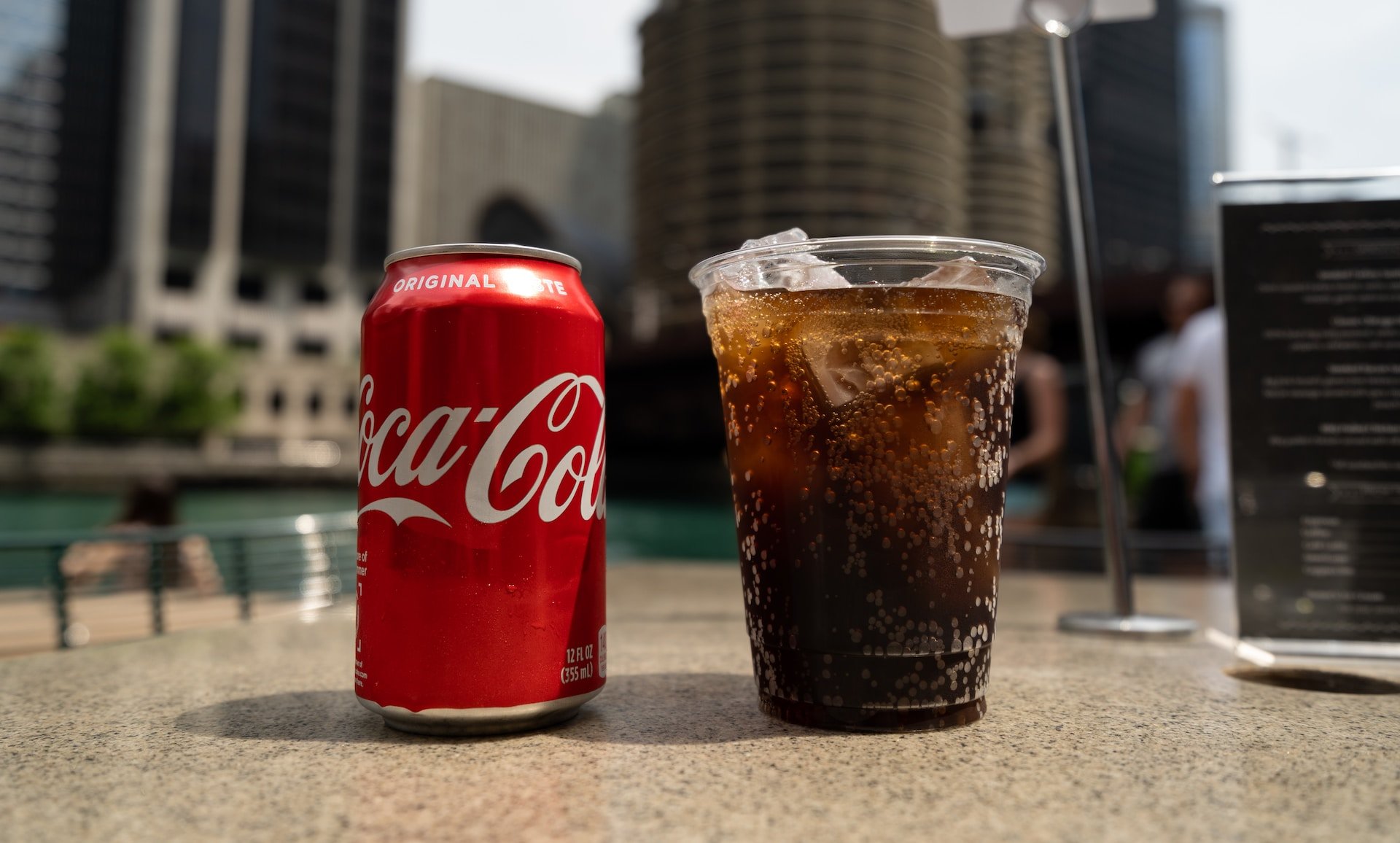
 Please whitelist us to continue reading.
Please whitelist us to continue reading.